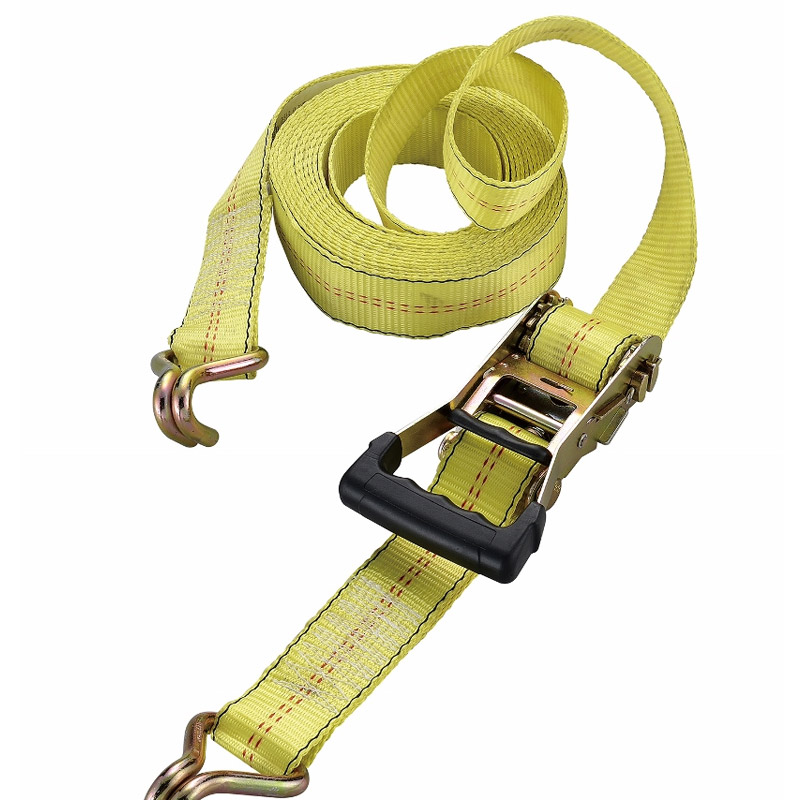Temporary Support Systems in Steel Construction for Enhanced Structural Stability and Safety
Temporary Bracing in Steel Construction
Temporary bracing plays a crucial role in the field of steel construction, where the integrity of structures during the assembly phase is essential for safety and performance. This article explores the significance, types, applications, and best practices of temporary bracing in steel construction.
Significance of Temporary Bracing
The primary purpose of temporary bracing is to provide stability to structural elements during the construction process. Steel structures, particularly high-rise buildings, are tall and often exposed to wind loads and other environmental factors before they are completed. Without adequate bracing, these structures can behave unpredictably, leading to potential collapse or deformation. Temporary bracing helps to maintain the geometric integrity of the structure, protecting both the workers on-site and the integrity of the project.
Types of Temporary Bracing
1. Diagonal Bracing Commonly used in both horizontal and vertical applications, diagonal bracing involves placing members at angles to provide stability. This configuration resists lateral forces and helps distribute loads evenly across the structure.
2. Cross Bracing Similar to diagonal bracing, cross bracing involves installing members in an X pattern. This form of bracing effectively prevents deformation and ensures the structure remains square during assembly.
3. K-Bracing This type mixes vertical and diagonal elements and is particularly useful for frames where space is limited. K-bracing offers high strength while minimizing material usage, making it a popular choice in modern construction.
4. Strut and Tie Systems These systems use a combination of members to create a robust temporary bracing setup, especially for complex geometries or load conditions. The flexibility of strut and tie systems allows engineers to design efficient solutions tailored to specific construction challenges.
Applications of Temporary Bracing
Temporary bracing is applied in a variety of scenarios throughout steel construction projects
. It is essential during the following stages- Erection Phase As steel elements are erected, temporary bracing holds them in position until they can be permanently fixed together. This is especially critical for tall structures where high wind forces may be present.
temporary bracing in steel construction

- Load Transfer During the construction phase, the weight of the already installed steel elements can create unexpected load paths. Temporary bracing helps ensure that these loads are effectively transferred to the supporting structure.
- Construction Outriggers When using cranes for heavy lifting, outriggers may be incorporated with temporary bracing to maintain balance and stability. This is particularly important in projects involving substantial lifts or challenging site conditions.
Best Practices for Temporary Bracing
Implementing effective temporary bracing requires careful planning and execution. Here are some best practices
1. Engineering Assessment Before construction, a thorough engineering assessment should be conducted to determine the most effective bracing solutions. This involves considering factors such as load conditions, expected wind forces, and the geometrical configuration of the structure.
2. Material Selection Choosing the right materials for temporary bracing is essential. The selected materials should have adequate strength-to-weight ratios to provide the required stability without adding unnecessary weight to the structure.
3. Installation and Inspection Proper installation is paramount for the effectiveness of temporary bracing. Regular inspections throughout the construction process should be conducted to ensure that bracing remains secure and effective. Any signs of damage or displacement should be addressed immediately.
4. Coordination with Other Trades Temporary bracing may interact with other construction elements and trades, such as mechanical, electrical, and plumbing systems. Effective coordination ensures that bracing does not interfere with other operations and that all systems can be installed effectively.
5. Documentation Keeping detailed documentation of the temporary bracing design and installation process is vital. This provides accountability and useful information for future projects, enhancing overall site safety and efficiency.
Conclusion
Temporary bracing is a critical component in steel construction, ensuring the stability and safety of structures during the construction phase. An understanding of the different types of bracing, their applications, and best practices for implementation can significantly impact the success of a project. As the construction industry continues to evolve, ongoing advancements in materials and engineering techniques will further enhance the effectiveness of temporary bracing, making it an indispensable aspect of safe and efficient steel construction.
-
Weatherproof Plastic Expansion Anchors for OutdoorWararkaJun.06,2025
-
Sustainability in the Supply Chain: Eco-Friendly TEK Screws ProductionWararkaJun.06,2025
-
Load-Bearing Capacity of External Insulation FixingsWararkaJun.06,2025
-
Double Head Bolts: Enhancing Efficiency in Industrial MachineryWararkaJun.06,2025
-
Corrosion Resistance in Chipboard Screws: Coatings for Wholesale DurabilityWararkaJun.06,2025
-
Butterfly Toggle Bolts : Enhancing Structural ResilienceWararkaJun.06,2025
